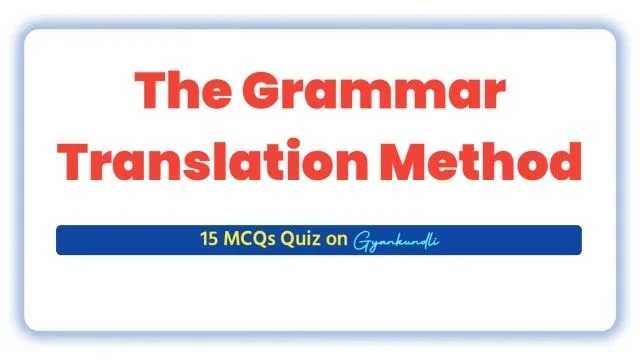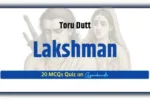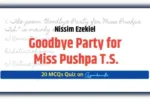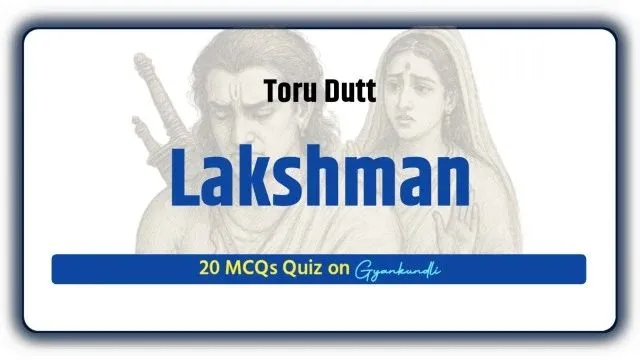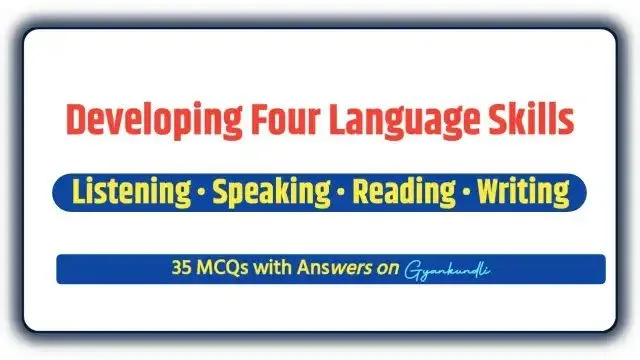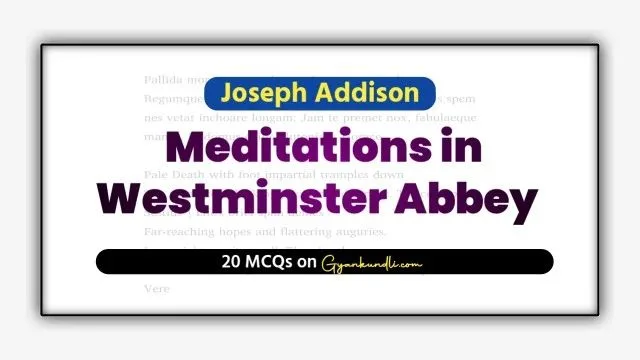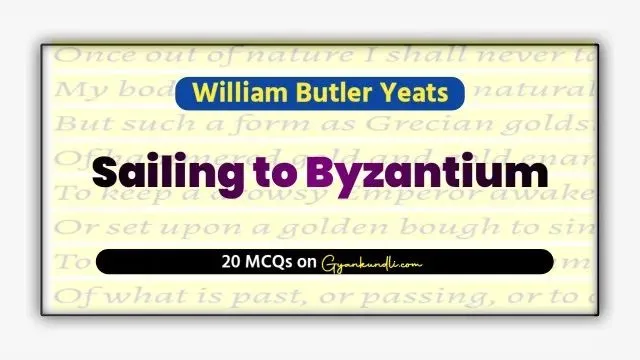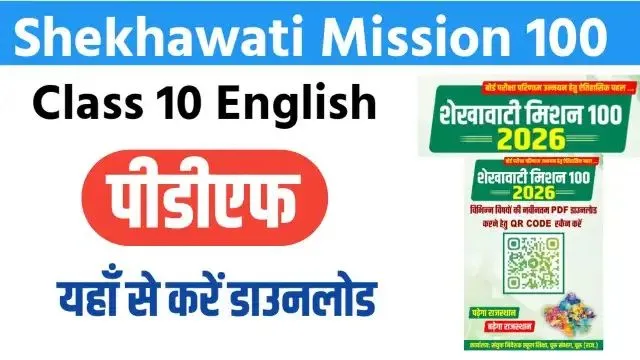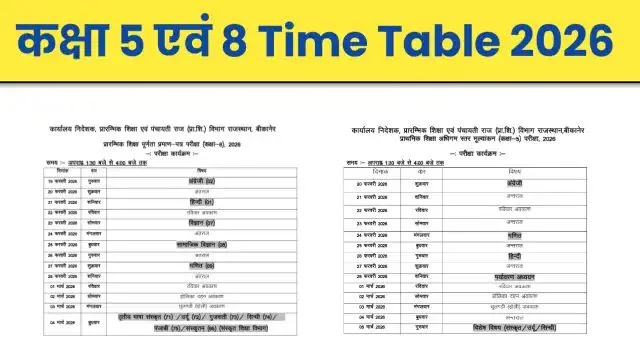The Grammar Translation Method MCQ Quiz : The Grammar Translation Method (GTM) began in 19th-century Germany, especially in Prussian Gymnasiums, where it was used to teach Latin and Greek. Over time, it became widely used across European schools. Because of its roots, it is often called the traditional, classical, or Prussian method. During Europe’s industrial age, new learners needed practical communication skills, yet GTM continued to dominate language education.
The main idea of GTM is to teach a foreign language by focusing on grammar rules, memorising vocabulary, and translating texts. Learners study grammar first, then apply it by translating from and into their native language.
Characteristics of Grammar Translation Method
GTM is known for several distinct features:
-
Classes are taught in the native language.
-
Vocabulary is learned through word lists.
-
Grammar is taught deductively—rules first, practice later.
-
Reading and writing are prioritised, with little focus on speaking or listening.
-
Texts are used mainly for grammar exercises, not for content or communication.
-
Accuracy in translation is highly valued.
-
Pronunciation is mostly ignored.
Common techniques include:
-
Translating literary texts.
-
Reading comprehension questions.
-
Finding antonyms and synonyms.
-
Studying cognates.
-
Grammar rule applications.
-
Fill-in-the-blanks, memorisation, sentence creation, and composition writing.
Advantages of Grammar Translation Method:
-
Easy for non-fluent teachers.
-
Useful for grammar-focused learning.
-
Helps students with reading and writing skills.
Disadvantages of Grammar Translation Method:
-
Low student motivation and interaction.
-
Does not improve speaking or pronunciation.
-
Often seen as unnatural and mechanical.
In conclusion, GTM supports reading-focused learning and suits academic environments, but lacks in developing communication skills. Teachers should weigh its pros and cons before using it in the modern classroom.
15 Questions’ Quiz on The Grammar Translation Method MCQ
Discover more from Gyankundli
Subscribe to get the latest posts sent to your email.
